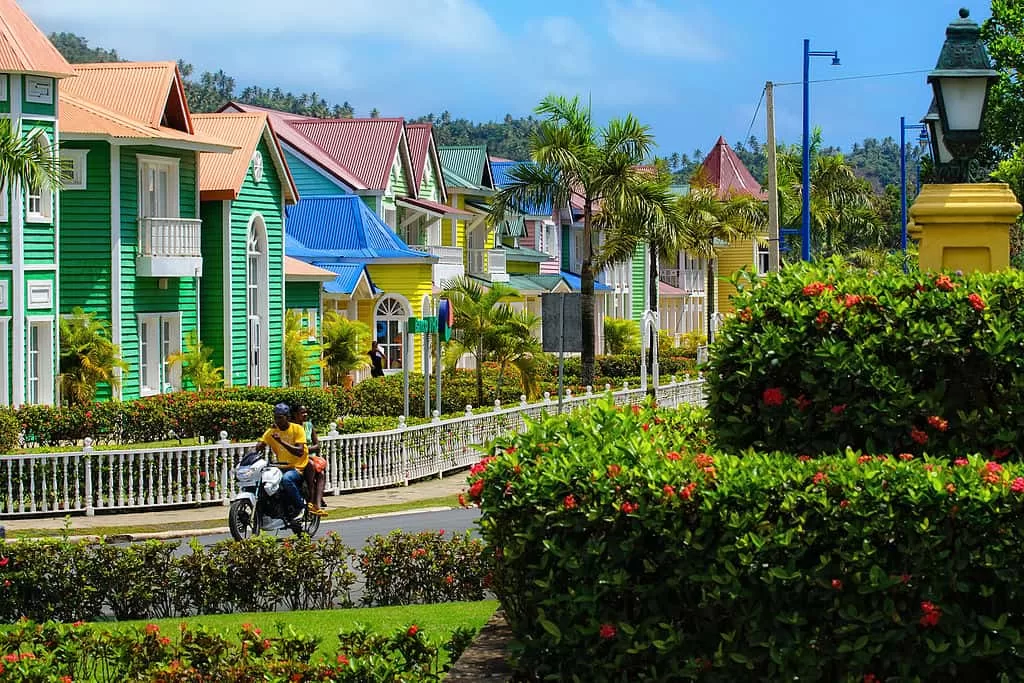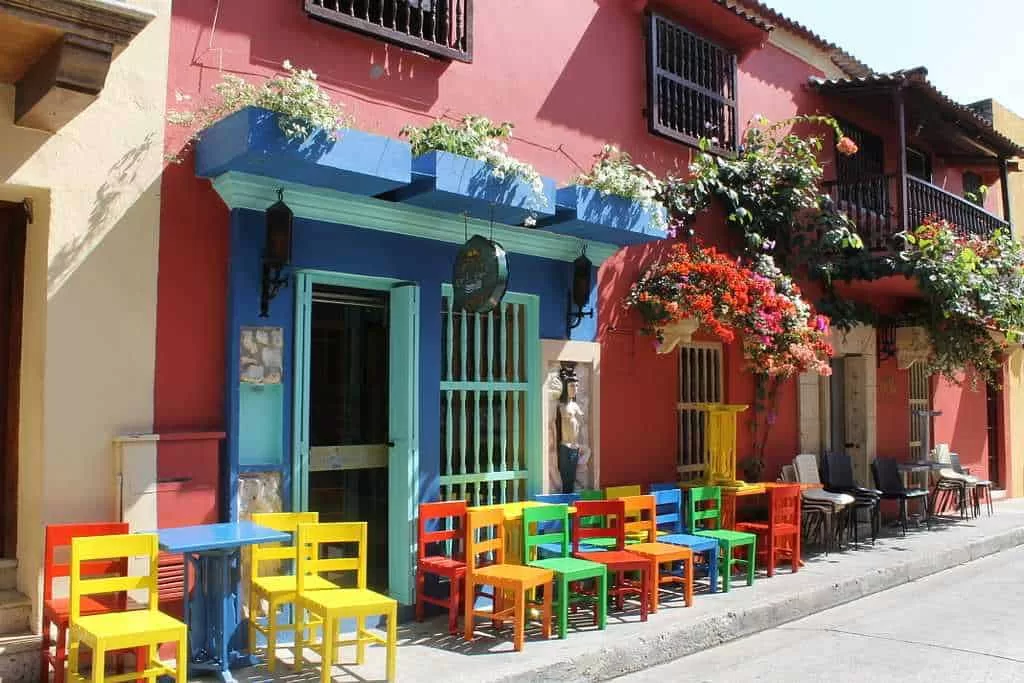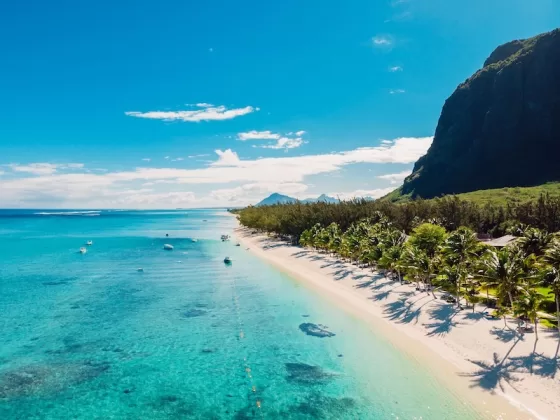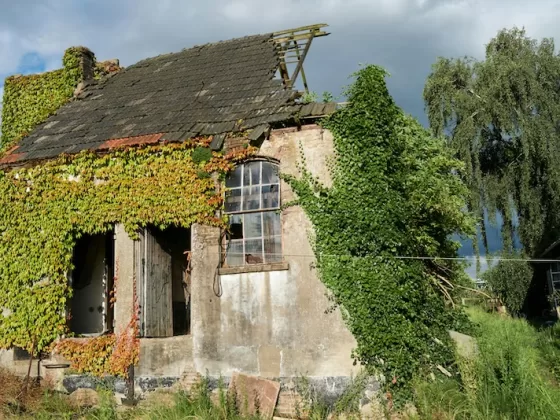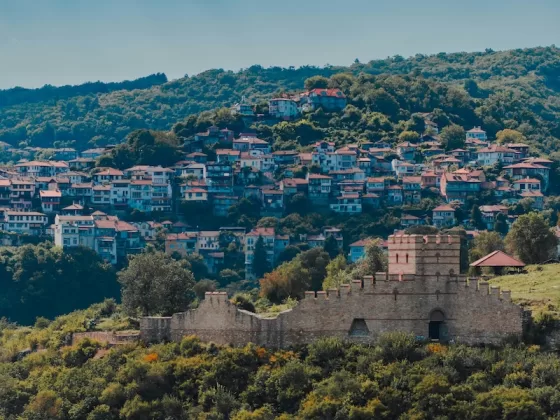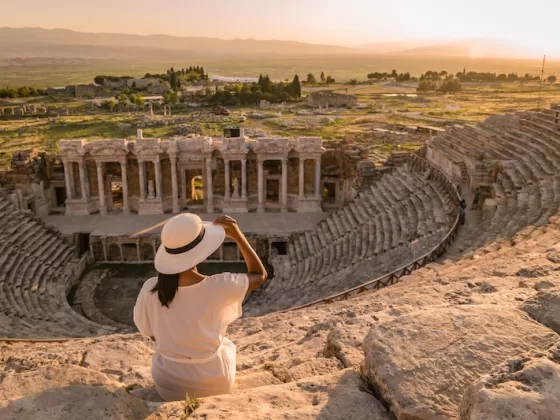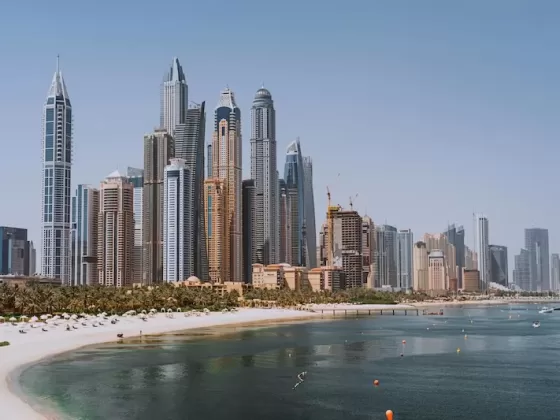The Dominican Republic.
The Dominican Republic is the most visited country in the Caribbean. It has weather, natural and cultural attractions that bring tourists from all over. It has more than 69,000 hotel rooms and 26 golf courses, and it’s got beaches, cities, and mountains. In addition to all of these appealing offerings, it’s a major entrepreneurial and expat destination. The Dominican Republic has a lot to offer anyone who’s looking for a new adventure.
History of the Dominican Republic
The Dominican Republic borders Haiti to the east, and the two countries share the island of Hispaniola. Before Christopher Columbus arrived in 1492, this island was populated by the Taino Indians, who actually ran it using a complex government system.
When Christopher Columbus brought the Europeans over, they took over Hispaniola. He called it “the most beautiful land that human eyes have ever seen.” During the time that Columbus was on the island, his base was Santo Domingo, and it was from there that he and Europeans explored the rest of the island. These adventures led to Ponce de Leon’s discovery of Puerto Rico, Hernan Cortes’ conquest of Mexico, and Balboa’s sighting of the Pacific Ocean.
Hispaniola was invaded and pillaged by English pirates in 1586, which weakened Spanish hold over the island. For more than 50 years after this happened, all but the capital city of Santo Domingo was ruled by the pirates, with the Spanish holding only their base city. The French invaded the western part of Hispaniola in 1655, and after many treaties and annexations, much of the city of Santo Domingo was given up as well.
In 1822, the Haitians took over the whole island under Toussaint L’ouverture, and Spanish-speaking residents had to fight to try and regain all that they’d lost. The Spanish were finally victorious in 1844, after their independence was regained, and the Dominican Republic was created. The border of Haiti was established and the two countries became as they are now. Civil unrest followed as the newly established country tried to gain its bearings and create a working government. It took until 1966 for the Dominican Republic to settle into the political landscape it now enjoys. It is run by a democracy, with presidents elected by the people and a congress and three governing branches, much like that of the United States.
Dominican Republic Culture
Thanks to strong European influences over the course of its history, the Dominican Republic still hosts many colonial-style buildings and catholic cathedrals. There are museums of royal houses and of pre-Columbian life on the island. You can even visit the Alcazar de Colon, once the residence of Don Diego Colon, the son of Christopher Columbus.
Art, music, and literature follow Western patterns predominantly but have a strong African component as well. African heritage is especially notable in folk culture and music. The blend between Spanish and African traditions is most easily identified in the country’s national song and dance called the merengue. Merengue music is present everywhere on the island, and every summer there’s a two-week-long merengue festival in Santo Domingo, where the world’s most popular merengue bands and dancers show up and participate. This lively mix of culture brings a unique charm to the Dominican Republic that is well-loved by many who visit.
Dominican Republic Residency
For those looking to live abroad in the Dominican Republic, there are a few options available:
- Temporary Residency Visa: upon qualifying for this visa, you can stay for a full year and renew for five years in order to gain permanent residency. After two years of permanent residency, you may apply for citizenship. You are able to work abroad in the Dominican Republic under this visa.
- Pensionado Visa: Available to expat retirees, this visa allows immediate permanent residency once approved. Income requirements include proof of a $1,500 USD monthly pension and an extra $250 per dependent you are bringing along.
- Rentista Visa: If you can prove that you’ll be bringing at least $2,000 per month into the country, and if you can transfer it to a local bank account, you can apply for this type of visa. This monthly income should come from real estate owned abroad, and once you’ve qualified, you can enjoy tax breaks on any properties you choose to buy in the Dominican Republic.
- Investor Visa: This visa option requires that you invest at least $200,000 USD into a local business or financial instrument. You can invest either commercially or through real estate to qualify for this visa, and it also allows for immediate permanent residency abroad in the D.R.
Cost of Living in the Dominican Republic
The Dominican Republic is the most visited country in the Caribbean. As such, living prices are a bit higher in the more popular cities. This is usually the case for most popular tourist destinations. However, the overall cost of living abroad there is still very affordable when compared to most Western countries – and the Dominican Republic real estate is still very reasonable:
- A three-bedroom apartment in a city center is usually just below $700 per month
- A three-bedroom apartment outside of the city center, which is where most expats choose to live, runs under $400 per month.
- Dinner for two at a mid-level restaurant can cost under $40
- Local groceries usually go for under $1 per item. Imported groceries tend to be a bit more, with milk costing about $4 per gallon.
Landscape and Climate
The Dominican Republic has something for everyone. It offers the busy, urban city lifestyle, the laid back beach, shopping and restaurant lifestyle, or the cooler, milder cabin-in-the mountains lifestyle for the nature lovers out there. There’s even a beach option that most expats choose over the others, which is that of the small town and quiet scenery, away from the hustle and bustle of the tourists and resorts.
Average temperatures along the beach run at about 82 degrees in the hot season and 77 degrees in the cooler season. The cooler season hosts sunshine, and the hot season is rainy, with the rainiest month being September. Average highs in the mountains are usually around 61 degrees, and at the very tops of the peaks there might even be an occasional frost. Overall, you can generally expect long periods of sunshine and beautiful weather no matter which part of the country you choose to live abroad in.
Here is probably the most extensive ebook on Everything You Ever Wanted To Know About Eliminating Your Taxes, Protecting Your Assets And Regaining Privacy Over Your Life And Investments. It is called The Ultimate Guide To Going Offshore. Visit our bookstore to purchase it today!
I hope you enjoyed reading this article: Dominican Republic. If you have any questions, please contact our office HERE.
If you’re considering traveling or moving abroad, be sure to explore your healthcare options. Visit International Citizens Insurance to learn more and get a free quote.
